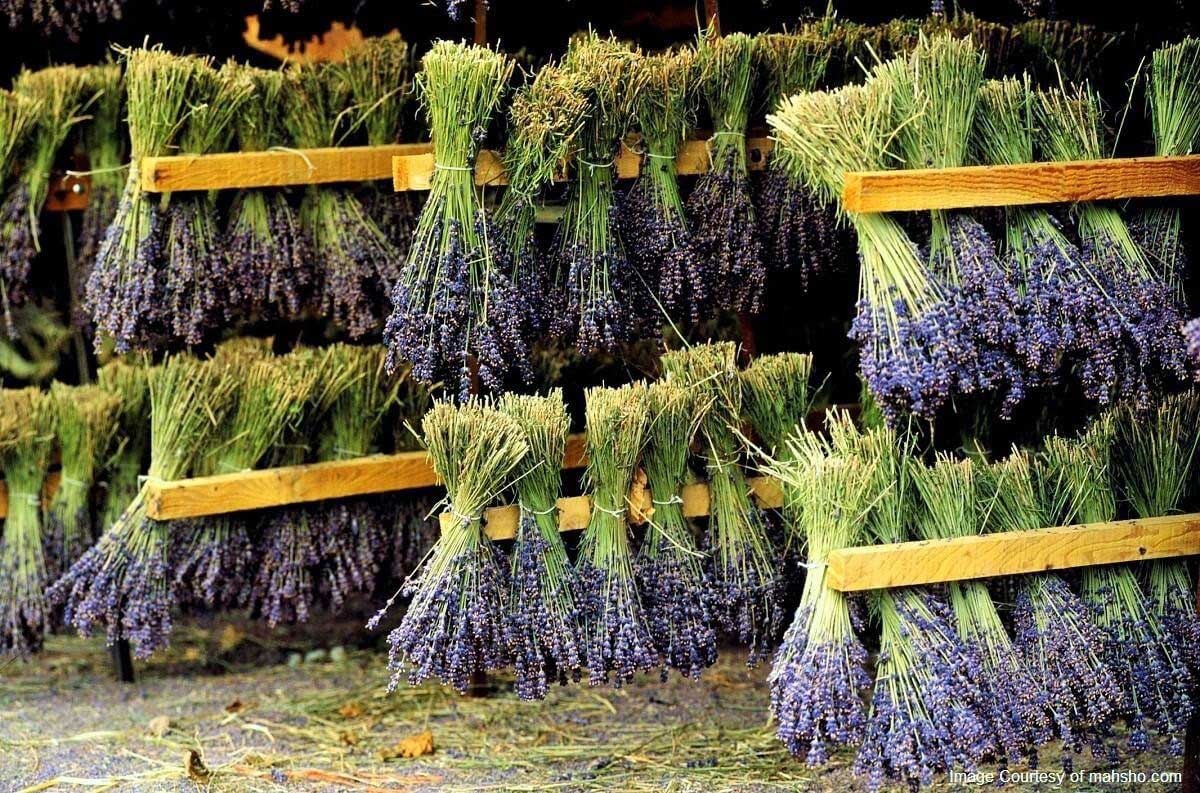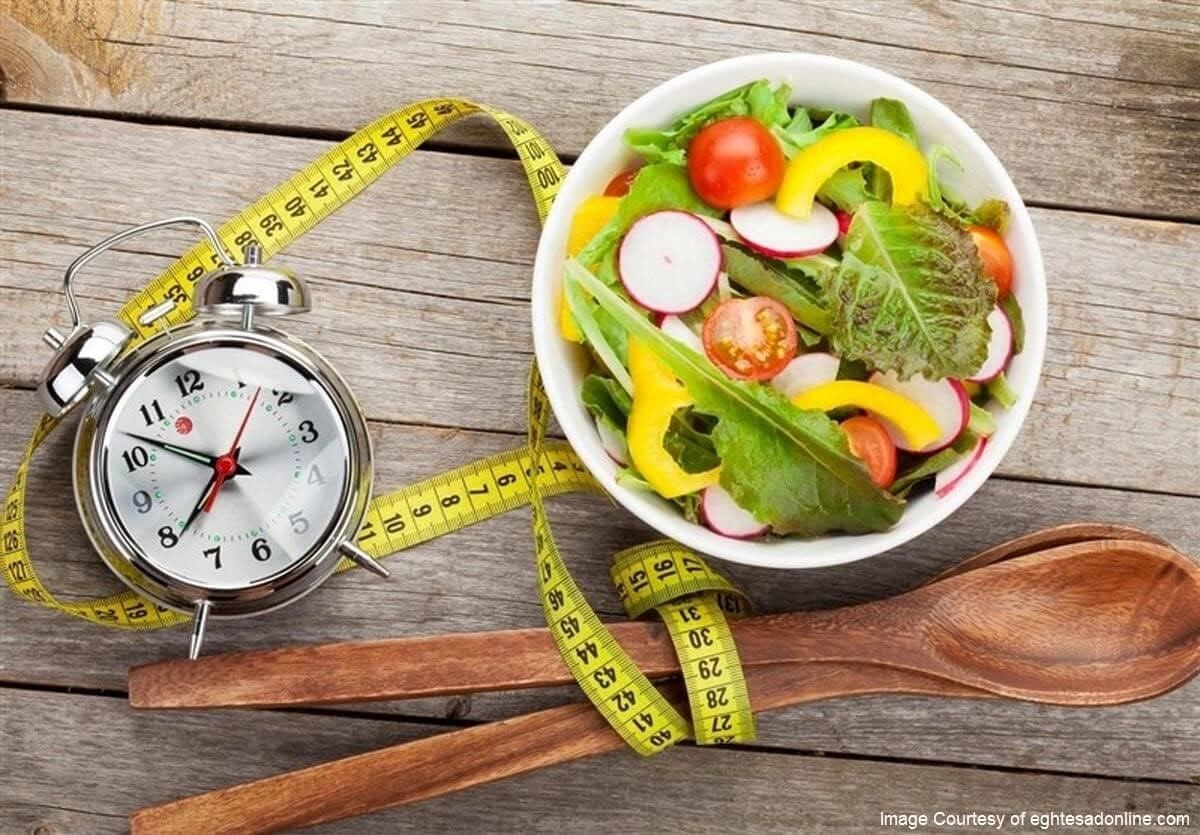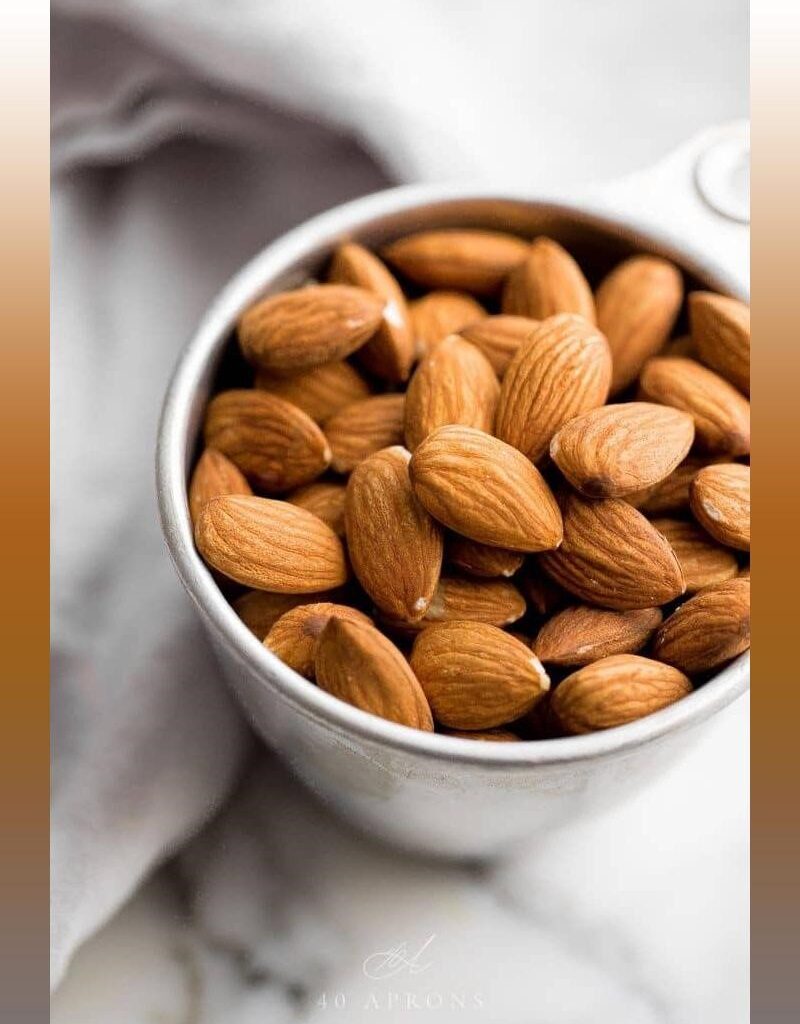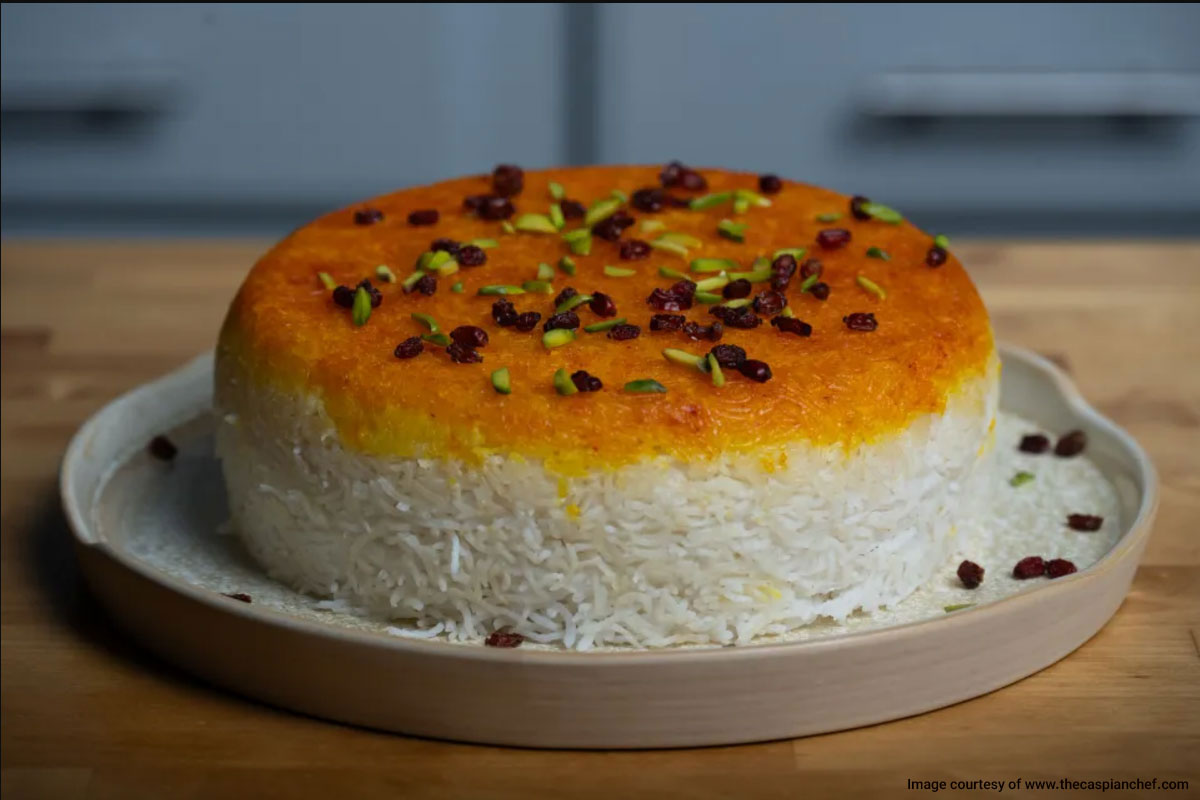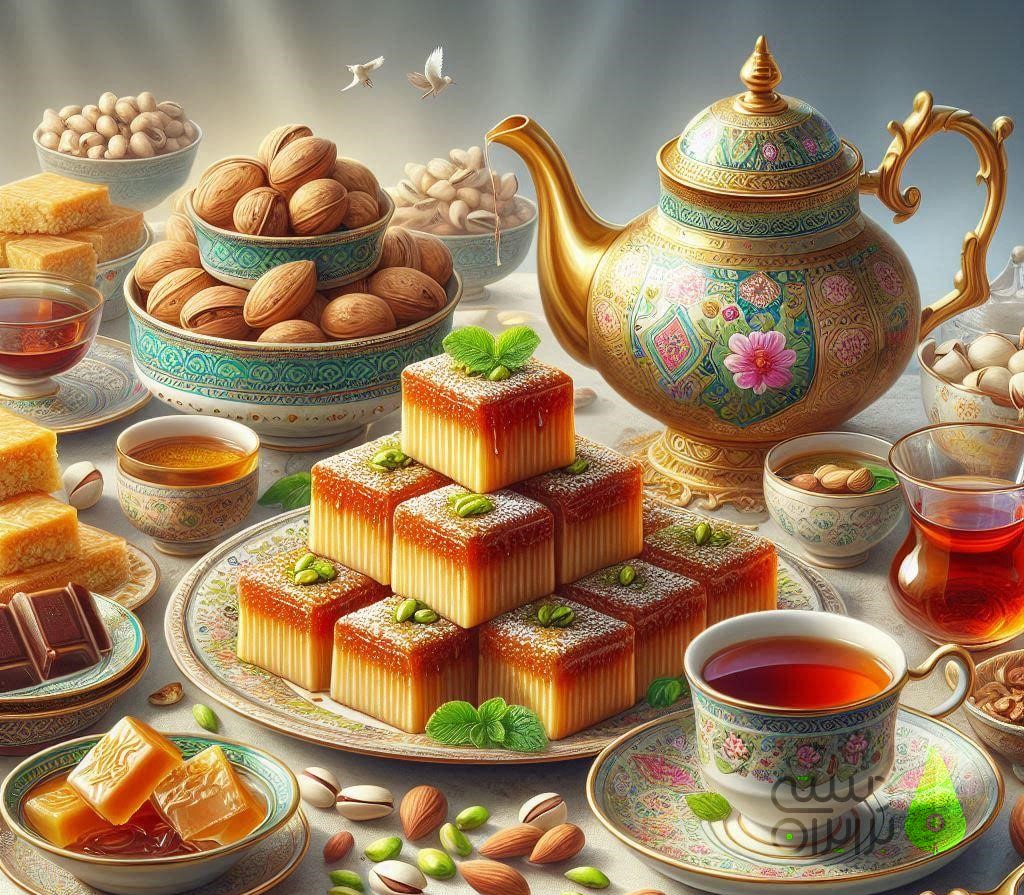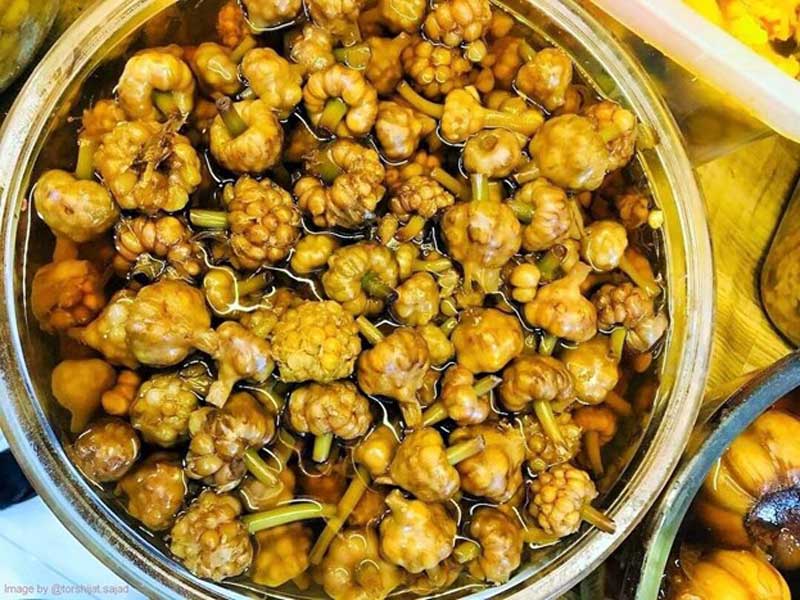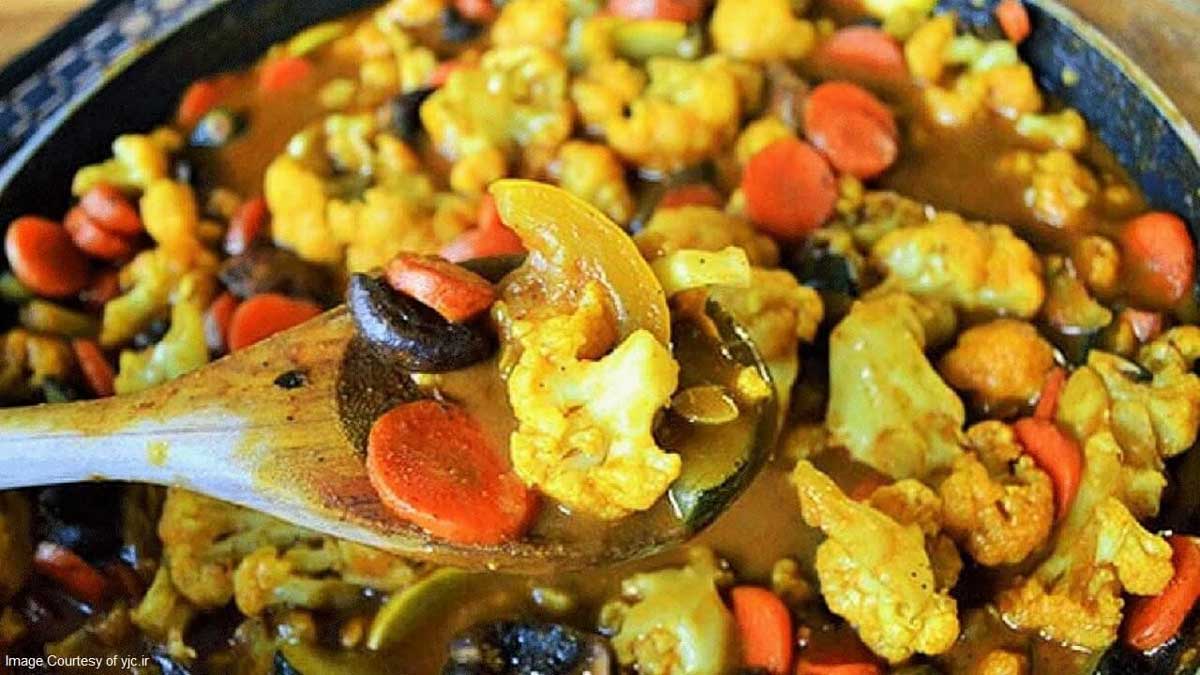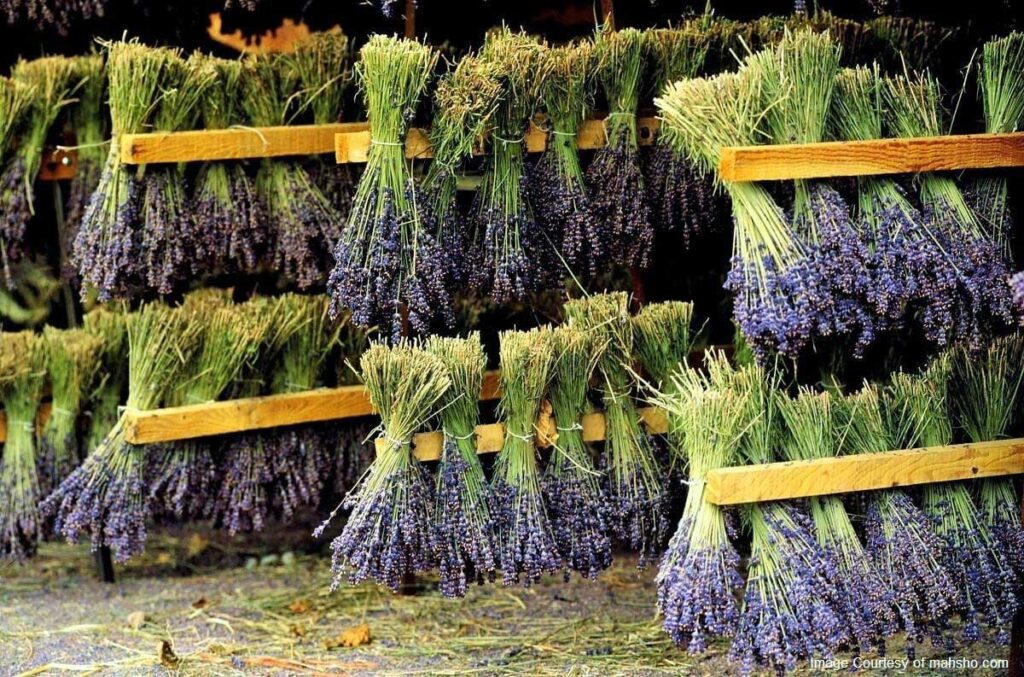
Traditional methods of food preservation, such as drying, smoking, and cold storage, are solutions that our Iranian ancestors have practiced for a long time. Almost all the food sources consumed by humans are vulnerable to deterioration and spoilage in various capacities. This issue has been a dire problem for mankind since the dawn of civilizations. This problem has forced man to invent methods to preserve food.
Today, there is substantial knowledge and methods used in different cultures to overcome this issue, and some of these methods originate from the experience of our Iranian ancestors in preserving food for the purpose of preparing and cooking high quality Iranian food.
Introduction to Traditional Methods of Food Preservation
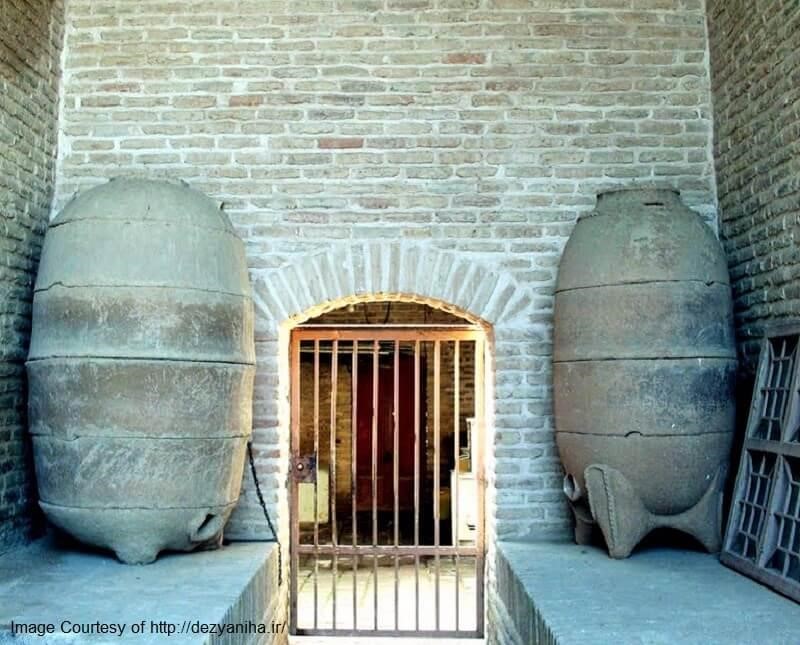
Some of the oldest traditional methods of food preservation in Iran are still common in some villages, including the following methods:
- Burying foodstuff in soil: This traditional method has been used to store various fruits and vegetables. For safekeeping and preservation purposes, the villagers dug 1-2 meters deep pits in the ground and buried their foodstuff down there. Then they covered the pit with soil. Apples and pomegranates were among the fruits that were preserved with this method. They also preserved various vegetables such as beets, potatoes, and carrots using this practice.
- Preserving Foodstuff in a Strawstack or Sand/Straw Mix: this was another traditional method of food preservation in Iran, used to store vegetables and fruits. In this method, food items were placed in bags and the bags were placed in a dark, dry and cool place on a strawstack bed. Sometimes straw was mixed with sand and food was placed on them to protect them from spoilage.
- Hanging Foodstuff from the Ceiling or Walls: Another one of traditional methods of food preservation in Iran is the practice of hanging fruits such as grapes and figs. In this method, the fruits were dried and remained intact for months, and usually consumed during winter.
- Cellar Storage: Cellars or basements have been a persistent element in Iranian architecture since ancient times. These storages are basements deep in the ground, at a depth of 10-20 meters, which are accessed by stairs, often from the house’s yard. Foodstuff can be optimally preserved at this depth, in an average temperature of about 22 degrees Celsius.
- Storing food using Tabu or Clay Receptacle: Using tabu or Kando, a form of receptacle, has been one of the traditional methods of food preservation for different grains and legumes. Tabus were made of clay and they were usually dried under sunlight. To prevent rodent and insect infestations, the walls of the Tabu or Kandoo were smeared with thick salt water, or the container was disinfected with fire before filling it with grains and legumes.
- Food Preservation by Drying: this method is one of the conventional traditional food preservation methods still used today. In the past, fruits and vegetables were dried in sunlight during summer for use on cold winter days. Today, advanced food dehydrators are utilized for drying fruits and vegetables.
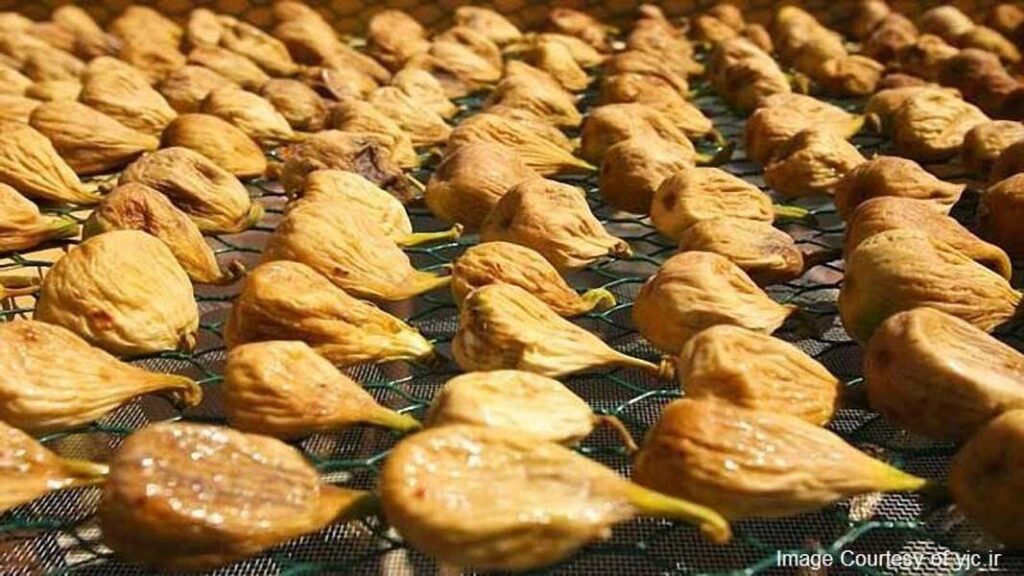
Traditional Methods of Meat Preservation in Iran
In the past, meat preservation methods were different due to their fast rate of spoilage. Some of these methods are as follows:
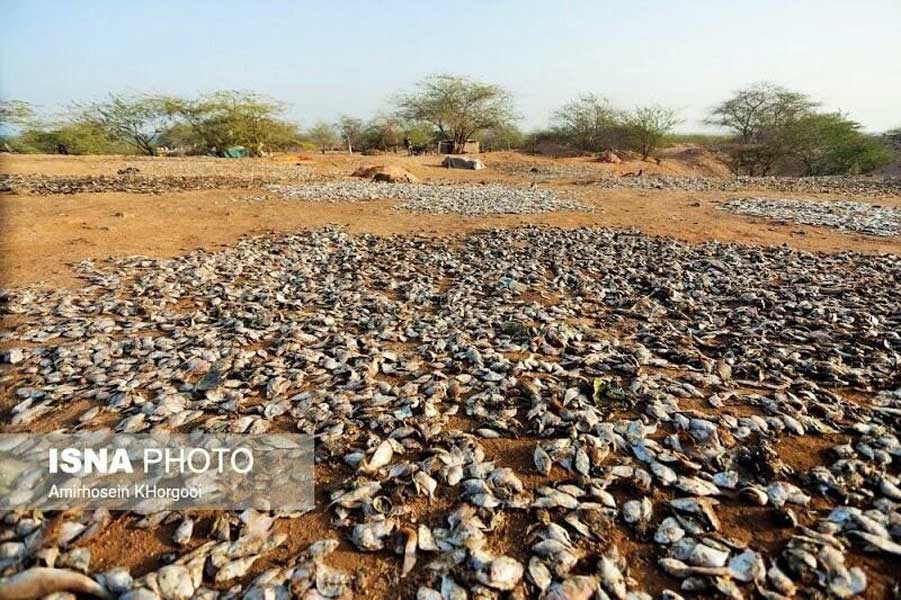
- Ghormeh Kardan (Wet Curing): This method has been one of the most common traditional methods of food preservation in different parts of Iran, dating back to ancient times. In this method, meat cuts are cooked for an hour in water and oil. Then, they separated the water and fried the meat with some chopped onions. In the next step, they added some salt to the cooked meat and stored it in clay pots or goat and sheep skins. The jars were placed in a dry and cool area to increase the shelf life of the meat cuts for up to one year.
- Using Traditional Chehloo Devices: This method is another traditional method of food preservation in Iran that has been common in Semnan province. In this practice, the meat cuts are salted, and hung on wooden sticks called “Cheh-loo”. Then they would store the sticks in the cellars because they were cooler compared to the region’s desert weather.
- Using Traditional Choovash Devices: Choovash were square-shaped grid plates with rings attached to their four corners. A rope was passed through all the rings and finally, the end of the rope was tied. By doing this, they could hang the Choovash from the ceiling through a knot. Foodstuffs were placed on this device and hung from the kitchen ceiling. Sometimes, instead of using Choovash, food items were placed in containers and hung inside a well. This method of food preservation has been common in Iran’s Yazd province.
- Drying Meat: This practice has been a traditional method of meat preservation in Iran, originating in Lorestan province. In the drying method, they chopped up the meat and added a lot of salt to it and then fried the meat in oil. In the next step, it was dried in sunlight. Finally, the dried meat cuts were placed in cooked wheat semolina and stored in clay pots.
- Storing Meat in Anban: Anban are leather bags used to store cooked meat. Usually, the meat cuts were boiled in brine and stored inside the Anban during cold seasons.
- Preserving Meat Inside an Inflated Rumen: this traditional food preservation method has been used in Kerman province. After slaughtering the sheep, they cut the meat into smaller pieces. Then they fried the meat cuts and placed them in the open to dry. In the next step, the dried meat was placed inside an inflated rumen. After that, the open end of the rumen was melted with a hot iron to prevent the penetration of oxygen. The rumen were stored in cool air.
Other Traditional Methods of Food Preservation in Iran
Food preservation in Iran has an extended and interesting story. The history of traditional food preservation methods in Iran is worth studying. When visiting historical houses in Iran, you can notice food storage areas in cellars and basements of the buildings.
Some of these methods are still practiced in Iranian villages. If you travel to different Iranian villages through an Iran tour package or personally, you can ask the villagers about their unique traditional methods of preserving food. Destination Iran encourages you to learn more about traditional food preservation methods as it can be considered part of Iran’s intangible cultural heritage.






